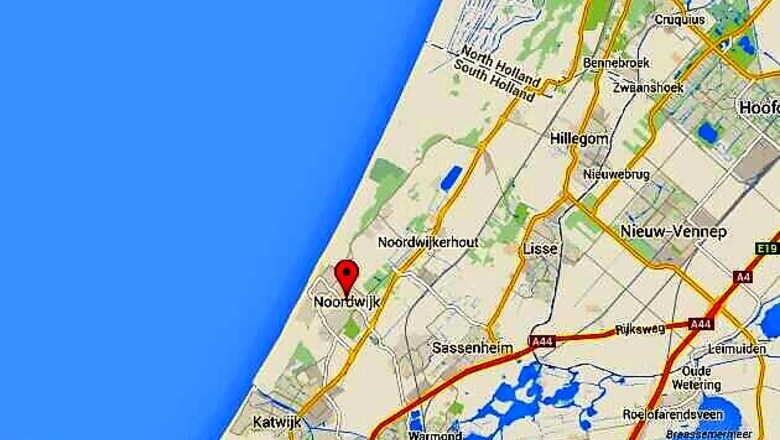
views
Noordwijk: The European Space Agency on Wednesday put the final touches to its first-ever "space plane" before blasting it into sub-orbit for tests aimed at eventually paving the way to the continent's first space shuttle.
Assembled in Italy, the Intermediate eXperimental Vehicle (IXV) is undergoing final ground tests at the ESA's headquarters in Noordwijk, north of The Hague, before being shipped to Kourou in French Guiana later this month.
On November 18 the sneaker-shaped IXV will take off aboard ESA's Vega rocket to a height of 450 kilometres (280 miles) where it will go into sub-orbital flight.
Set to fly for 100 minutes, the IXV will then re-enter Earth's atmosphere at a speed of 28,000 km/h over the Pacific Ocean, plunge into the water and then be picked up by a ship.
Bristling with 300 sensors, the IXV will collect myriad data including on what scientists refer to as aerothermodynamics, the heat exchange in gasses and solid surfaces at very high speed, usually supersonic flight.
The data will tell ESA's scientists how the IXV's structure holds up, as well as how its shape performs aerodynamically under extreme conditions.
"The IXV is the starting point and the mission is of huge importance for the future of space shuttles for Europe," Giorgio Tumino, the craft's mission manager, told journalists.
"This mission's key objective is to acquire the capability to come back to earth from orbit," he said.
Built from high-tech ceramics and carbon-fibre -- as well as ordinary cork -- the IXV is 5.0 metres (16 feet) long and 2.2 metres wide, the same size as a medium-sized car.
The plane could be adapted in future to carry astronauts, Tumino told AFP.
The IXV was developed over five years at a cost of 150 million euros ($193 million).
"If Europe for instance wants to bring back astronauts from the International Space Station to the ground, this (test flight) is a fundamental step," Tumino said.
"We cannot put a person on board a spacecraft without testing its capability to survive re-entry into the earth's atmosphere," he added.




















Comments
0 comment